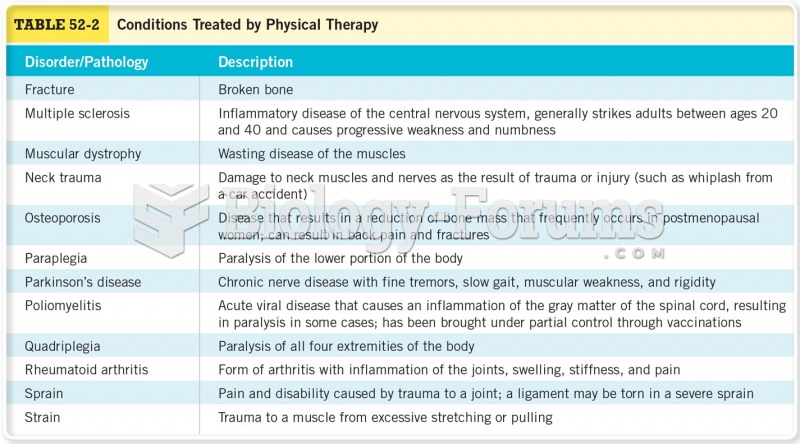|
|
|
The Romans did not use numerals to indicate fractions but instead used words to indicate parts of a whole.
The first oral chemotherapy drug for colon cancer was approved by FDA in 2001.
Though the United States has largely rejected the metric system, it is used for currency, as in 100 pennies = 1 dollar. Previously, the British currency system was used, with measurements such as 12 pence to the shilling, and 20 shillings to the pound.
More than 34,000 trademarked medication names and more than 10,000 generic medication names are in use in the United States.
More than one-third of adult Americans are obese. Diseases that kill the largest number of people annually, such as heart disease, cancer, diabetes, stroke, and hypertension, can be attributed to diet.







